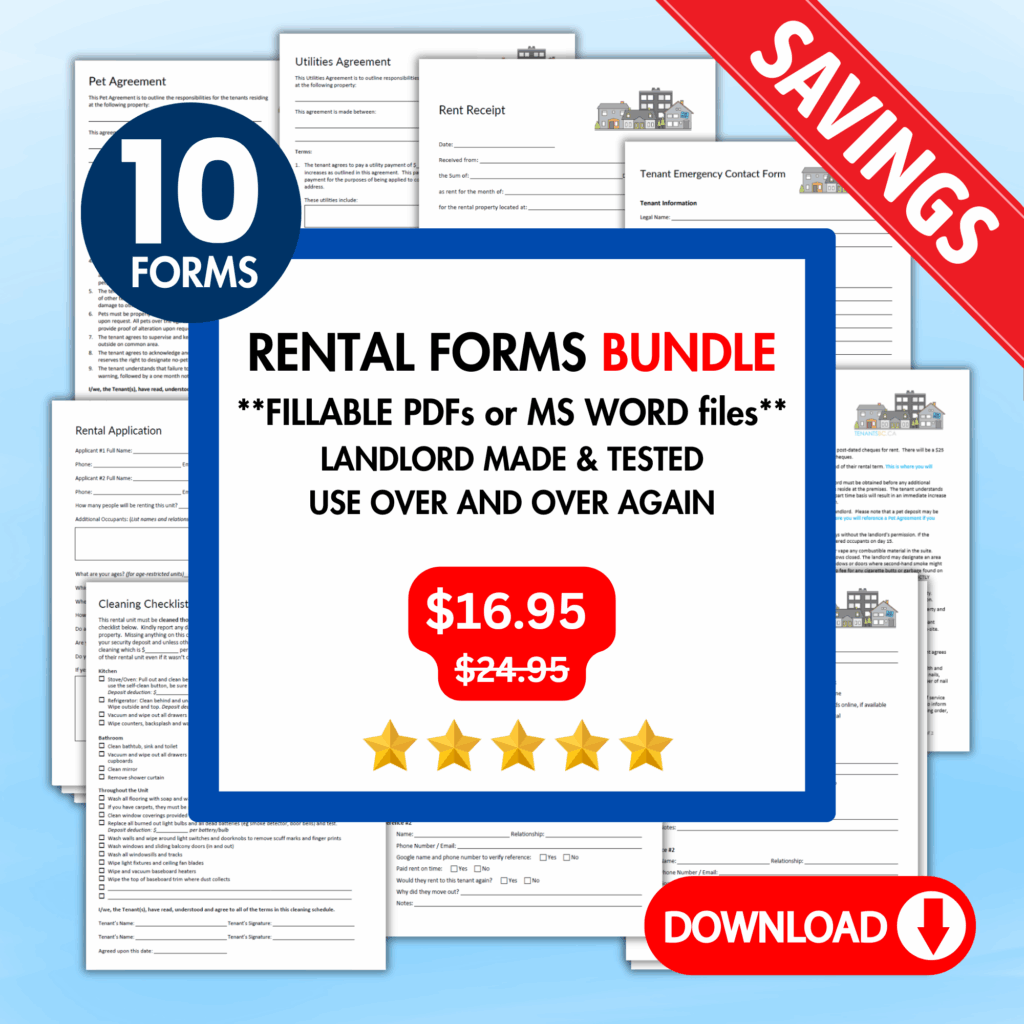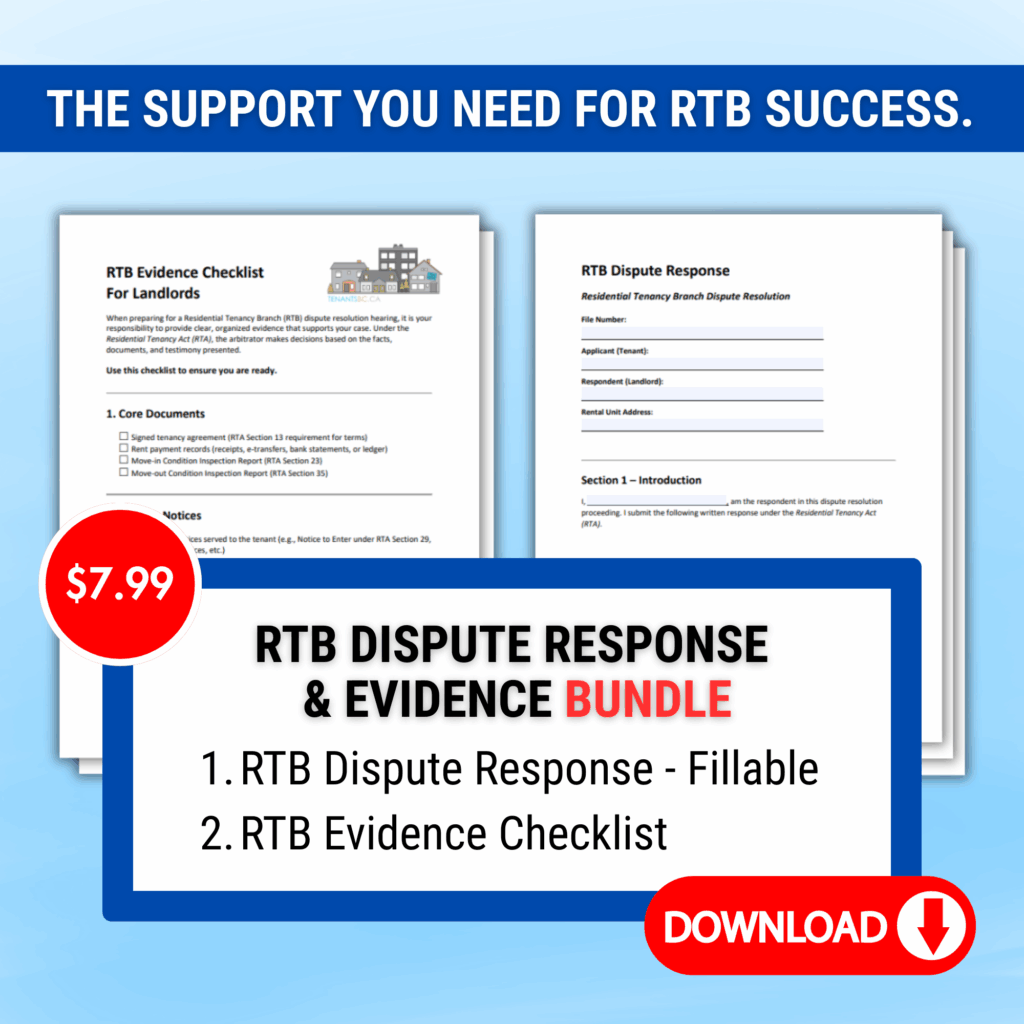Deciding whether to rent to tenants with pets is a personal choice that depends on your comfort level, property type, and any local rules or strata bylaws. There are several factors to weigh, including the type of flooring you have (hardwood and large dogs can be a challenging combination), potential damage to landscaping, and whether your strata permits pets at all.
While there are considerations to keep in mind, allowing pets can offer significant advantages.
Benefits of Allowing Pets
1. Attract More Tenants
By allowing pets, you immediately widen your pool of potential renters. Many pet owners struggle to find pet-friendly housing, so your property will stand out. On the other hand, a strict “no pets” policy may eliminate responsible, high-quality tenants who would otherwise be perfect for your rental.
2. Potential for Higher Rent
Pet-friendly rentals are often in high demand. By allowing pets, you may be able to charge slightly higher rent compared to similar properties that don’t allow animals. Some landlords specifically seek tenants with pets because they know it can be a smart financial decision.
3. Long-Term Tenants
Pet owners tend to stay longer. Moving with pets is more challenging, and many pet owners will be more likely to maintain a stable, long-term rental situation if they can keep their furry family members.
4. Responsible and Engaged Tenants
Many tenants who have pets are particularly conscientious because they care deeply for their animals. This often translates into tenants who take good care of your property and are more likely to communicate openly if an issue arises.
Practical Considerations for Landlords
If you decide to allow pets, there are ways to manage potential risks while still reaping the benefits:
-
Set Limits: Specify the number, size, or type of pets you allow. For example, some landlords permit cats but not large dogs, or limit the total number of pets per unit.
-
Ask the Right Questions: Include pet-related questions on your rental application to ensure you fully understand the tenant and their pet(s). Examples include:
-
-
- How many pets do you own?
- What is the breed and size of the pet?
- How old is the pet, and how long have you owned it?
- Is the pet trained and vaccinated?
- Has the pet ever shown aggression toward people or other animals?
- Does the pet get along with children and other animals?
-
-
-
Document Everything: It’s crucial to have answers in writing to protect yourself in case of disputes.
Protect Your Property with a Pet Agreement
To safeguard your rental property, it’s highly recommended to have a solid Pet Agreement that can be attached as an addendum to your standard rental agreement. This agreement can cover:
-
Pet deposits or additional fees
-
Responsibilities of the tenant regarding pet care
-
Rules about damage or nuisance
-
Consequences if the terms are breached
You can find a ready-to-use Pet Agreement in the Rental Forms section of our website. Having this in place gives both you and your tenants clarity and peace of mind.
By thoughtfully allowing pets and setting clear rules, you can attract reliable tenants, potentially increase your rental income, and create a long-lasting rental relationship that works for everyone—including the furry members of the family.












